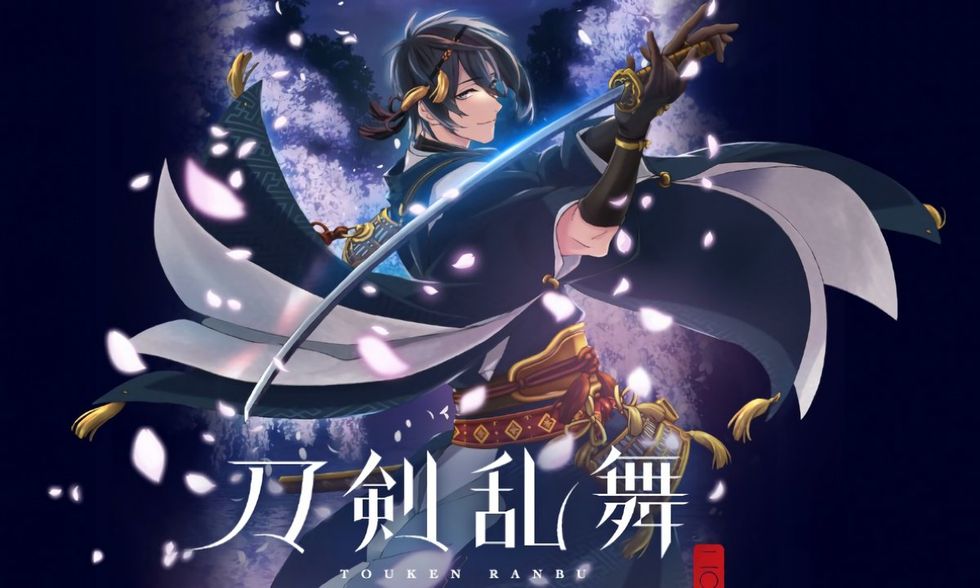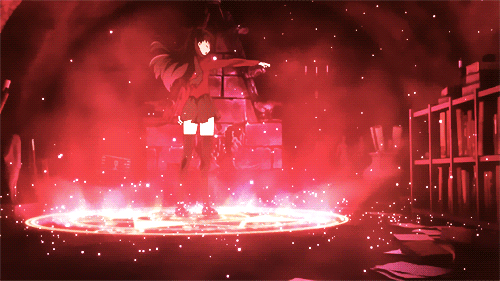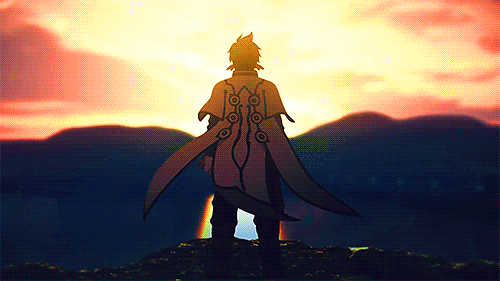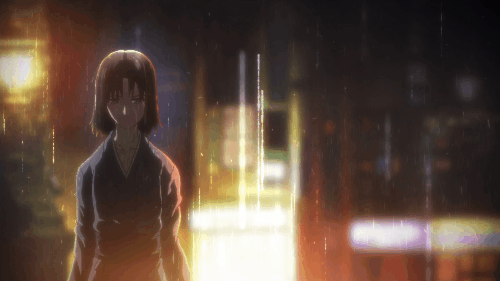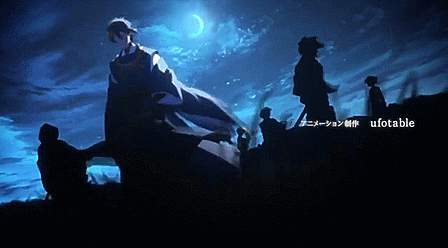A good motto to live by is “if you're going to do one thing, then you'd better do it well.” In the case of Studio ufotable, that's something that they take to a whole other level.
Ufotable is a studio that produces anime few and far in between. Unlike other studios such as A-1 Pictures or JC Staff, you don't see ufotable-related stuff every season. If you do, it's probably just that one single cour in that entire season, with a second cour following about one or two seasons later. Take Fate/Zero for example. Fate/Zerowas released in the fall of 2011 and its second season premiered the spring of 2012. The same can be the said for Fate/Stay Night: Unlimited Blade Works and Tales of Zesteria the X. It does seem strange at first glance. Granted, not all second seasons immediately follow the first. But when ufotable does it, you can expect it to be top-notch work.
The studio used to be very obscure during its first few years after its launch in the early 2000s. They made their first big hit in 2007 with the release of the first of seven Kara no Kyoukai: The Garden of Sinners Type-Moon films. With Type-Moon's enormous fanbase and the esteemed music composer Yuki Kajiura working their magic behind the scenes, the films were ufotable's breakthrough hit.
The people at Type-Moon must've been quite impressed with ufotable's work because their collaboration continued even after the final Kara no Kyoukai film. Ufotable went on to animate the long-awaited Fate/Zero light novel series and the Fate/Stay Night: Unlimited Blade Works route from the original 2004 visual novel. Ufotable was also in charge of the new openings for the 2012 Fate/Stay Night Playstation Vita port and for the Fate/hollow ataraxia game.
Currently, the final route of the Fate/Stay Night series—Heaven's Feel—and new Type-Moon project called Girl's Work are in the works. So as long as Type-Moon continues to feed ufotable with more work, the future is looking quite bright.
But it's not just the Type-Moon fanbase that ufotable caters too. Ufotable animated a fair amount of the Tales of game franchise, starting with the Tales of Symphonia OVAs in 2007. Unfortunately, the Tales of JRPG games doesn't enjoy the kind of massive popularity in the West like it does in Japan. Personally, I really like playing the Tales of games. So having titles like Tales of Symphonia and Tales of Zesteria get the spectacular ufotable treatment makes me very happy to see.
Visually,
ufotable has gained huge acclaim regarding their animation quality.
According to an interview with Kara no Kyoukai's photography director, the visuals are the result of combining photographs, CGI,
special effects, and 2D animation and implementing them to their full
potential. This creates highly realistic backgrounds such that every single frame is like an explosion of scenery
porn and eye candy. Their meticulous attention to detail, from natural
light reflections to the computer rendering, is what makes ufotable so
stellar at what they do.
It's no wonder that ufotable anime take so long to be released. That kind of production value can't be rushed. And since they raised the bar so high with Kara no Kyoukai, it's almost expected that they deliver something high quality. That must be a lot of pressure.
This 2017 spring anime season, ufotable has been given the task of animating the lovely Touken Ranbu sword boys in their action-packed Katsugeki/Touken Ranbu anime. You really need to either learn or have played the Touken Ranbu browser game to understand what's going on though. It's also full of Japanese cultural and historical references that will fly over the heads of many non-Japanese viewers (myself included). Nevertheless, if you're in it just for the visuals and some charming legendary swords-turned-humans, then you can't go wrong here.
But what really matters is how damned gorgeous everything looks. Bonus points to ufotable for making the best looking water out of all of the anime studios.

